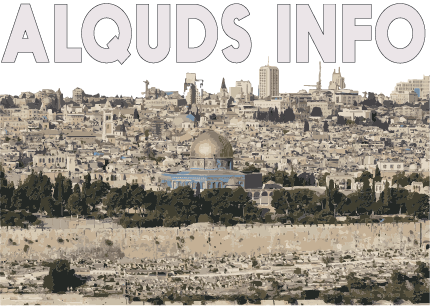Advisory Group Meeting Minutes
The main points raised during the AG meeting (English Summary of main points):
- The issue of solid waste management esp. hazardous waste being disposed of in EJ. Is the study going to quantify and map solid waste management and its impacts on health and the environment?
- The advisory board could be better informed of the project and its objectives maybe through few pages of text.
- Complementarity with several initiatives and strategies in EJ should be better defined. Perhaps, the project team could attend these initiatives’ meetings to ensure complementarity.
- A better definition of the study area and the relation to the National Jerusalem Strategy and the already collected data?
- Interactive database that will be used as a planning tool. Who is going to be using the planning tools? Who is going to maintain the database and keep it up to date?
- Was Jerusalem already distributed into communities? What is the size of each community?
- What is needed in Jerusalem? What is needed is to preserves the identity of Jerusalem? To preserve the Palestinian Presence in Jerusalem. To support East Jerusalemites through improving education, economy, health services, and housing availability as well as to stop migration out of Jerusalem.
- There were questions about the definition of the extent of the study area. How is the project going to collect the data? Is it house to house data collection? Also, several institutions have collected the data. The project team should not r-invent the wheel but should contact all those who have worked in EJ before and collected field data. Who will do data updates? Is the project going to deal with urban planning and master planning? This important to do rather than ad-hoc development decisions.
- There are several studies on EJ. The last was done by Jerusalem University for the Presidential Office. This is a very good study and is important to review. This project should complement and build on the previous studies. It is however difficult to get the data since institutions do not publish the data. It is important to understand how the Israelis plan and what are the plans for EJ at neighbourhood and EJ scales. There was a decision by high court in Israel to build 3 schools in EJ every year. The Jerusalem Municipality have master plans (detailed) for East Jerusalem. There is a concern about the volume and type of data to be published online. It is important to deal with lost time due to mobility restrictions.
- There is a project funded by the Norwegian Government to study 87 schools in EJ. It is important to connect with UNDP to complement the data rather than re-invent it. ARIJ will communicate with UNDP.
- Participants commended the value of publishing the study and data online. Especially that the project plans on using 3d and visualization tools.
- The Jerusalem Strategy has an interactive GIS website at the University of Jerusalem. Collaboration on exchanging data and publishing data on University Web site was proposed. This will be discussed internally and followed up with meeting with the University of Jerusalem. Alternative planning is important. There is a plan to establish an Alternative Planning Unit in collaboration with the Arab Center for Alternative Planning which was successful on several levels. Can the project integrate its data into the Jerusalem University GIS website?
- UN OCHAA: this is an important project. There is no data (detailed) to build master plans and strategies. What is important is that the project will collect data on the scale of a neighbourhood and the data will be shared knowledge. There is an interest in 3D and visualization technologies to present this data. Also, there is especially insufficient “Palestinian” information concerning the neighbourhoods to the “West” of the “segregation wall”. It is stressed to collect the data from all sources other than field work. This is a huge data collection effort and field data collection should only fill in the gaps. Has there been a consideration of doing a piloting study in one locality to gauge the level of effort? There is a concern about the required level of effort and whether all the objectives are achievable in a three months period.
- Mouhammad Hadi: The government sector is not in the AG. The Presidential Office is developing an engineering unit that will work on Master planning and alternative planning in EJ. It is important to communicate with all partners especially the PA. Could we do the study rather than within a sectoral framework but at neighbourhood/community scale (using regional geography as a research framework). We are working with the community’s committees. Is the project going to map land ownership (cadastral mapping and land registration)? There have been so many studies on Educational sector in EJ and there are many other important aspects such as land registration, master planning, water, environmental services.
- There is excitement towards the approach of data analysis using a Grid system. This will avoid EJ Municipality community boundaries. This will allow to identify needs and development priorities at a community level.



